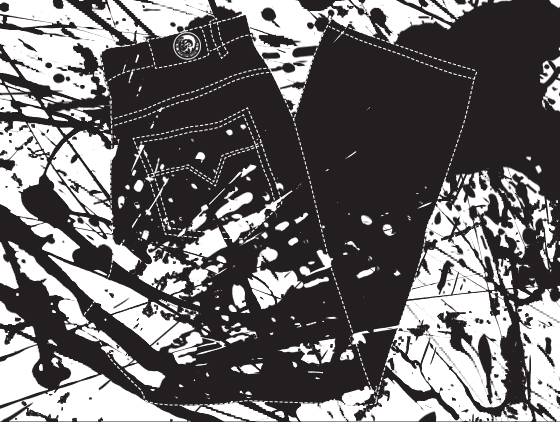Simplicity in design is one of the most sought after deliverables. After all, look at the products created by Apple. The products are so simple and intuitive that my friends 4-year-old son began touching and moving his fingers over his TV screen, getting frustrated over why nothing would happen. But here’s a scenario where just the opposite seems to be working. We’re talking about Diesel’s store design.
If you have walked into any of the Diesel stores you are likely to feel that you have walked into a party. Latest house/hip-hop music. A television playing a football match. No helpful signs pointing to men’s or women’s sections. No staff members in sight. Being confronted by 35 different types of blue jeans with strange names.
While clothing retailers like Zara have standardized and simplified the layout of their stores in an effort to put customers at ease, Diesel’s approach is based on the unconventional premise that the best customer is a disoriented one.
Says Warren St. John of New York Times, “Indeed, it is at just the moment when a potential Diesel customer reaches a kind of shopping vertigo that members of the company’s intimidatingly with-it staff make their move. Acting as salesmen-in-shining-armor, they rescue — or prey upon, depending on one’s point of view — wayward shoppers.”
”We’re conscious of the fact that, outwardly, we have an intimidating environment,” said Niall Maher, Diesel’s director of retail operations. ”We didn’t design our stores to be user-friendly because we want you to interact with our people. You can’t understand Diesel without talking to someone.”
For a behavioural designer, serving customers means relieving them of frustration, of confusion, of a sense of helplessness. Make them feel in control and empowered. But to the Diesel’s sales staff, this is an opportunity to present themselves as rescuers, ready to offer assistance, to provide just the answers customers will be led to believe they had been seeking.
Douglas Rushkoff, a media critic who has written about Diesel advertising campaigns, says the company’s store design is a new take on an old trick. In the 1950’s, the shopping mall designer Victor Gruen realized that when shoppers were distracted by confusing mall layouts and grandiose visual stimuli, they seemed more prone to impulse buying.
”They realized the best way to get people to buy stuff is not to facilitate their shopping but to disorient them,” Mr. Rushkoff said. ”Diesel shoppers say, ‘I’m not hip enough to get this,’ and then in comes the hip salesperson. What makes them hip is that they know how to navigate the space.”
We think Diesel gets away with making things complicated because their clothes are popular and considered fashionable. And wandering through the store is part of the experience. But would the same technique work for other retailers?
